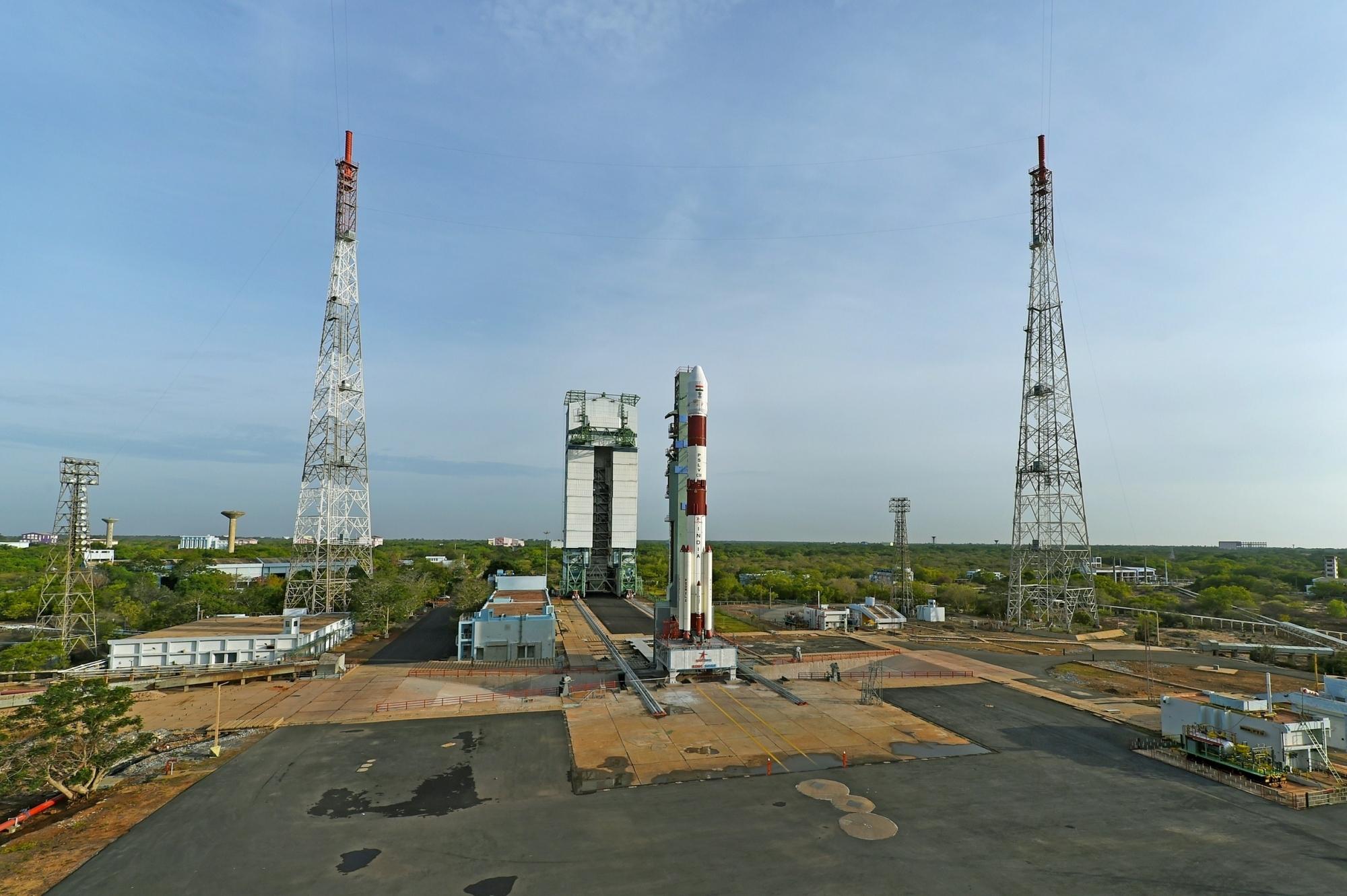India is set to mark the New Year with a significant endeavor — delving into the mysteries of the universe by launching XPoSAT, an advanced astronomy observatory focused on studying black holes and neutron stars. Here are the key points in this noteworthy event:
1. At 9:10 am, India is poised to become the second country, after the US, to launch an observatory dedicated to studying black holes with the successful lift-off of XPoSAT, following the triumph of the Chandrayaan moon mission.
2. XPoSAT, equipped with the X-ray Polarimeter Satellite, will employ X-ray photons and polarization to examine radiation from proximity to black holes and neutron stars, featuring two payloads: POLIX (Polarimeter Instrument in X-rays) and XSPECT (X-ray Spectroscopy and Timing).
3. Measuring X-ray polarization in the 8-30 keV energy band, the satellite will focus on approximately 50 cosmic sources, utilizing Thomson Scattering through the POLIX payload.
4. The mission entails long-term spectral and temporal studies of cosmic X-ray sources, along with polarimetry and spectroscopy of X-ray emissions through POLIX and XSPECT payloads.
5. Exploring the aftermath of stars depleting their fuel, collapsing under gravity, and forming black holes or neutron stars.
6. Black holes possess the highest gravitational force in the universe, while neutron stars exhibit extreme densities.
7. By gathering more data, the mission aims to unveil the mysteries of ultra-extreme space environments.
8. XPoSAT’s cost is approximately ₹250 crore (around $30 million), notably more economical than NASA’s IXPE, which incurred a $188 million expense for a similar mission initiated in 2021.
9. The Indian satellite is anticipated to have a lifespan exceeding five years, surpassing the two-year duration of NASA’s IXPE.
10. The XPoSAT mission, carried by the Polar Satellite Launch Vehicle (PSLV) on its 60th flight, involves lifting off with 10 experiments, including the 469-kg XPoSAT, aboard the 260-tonne PSLV.











